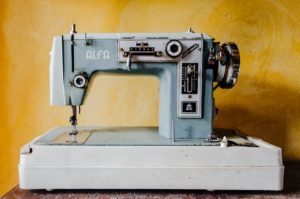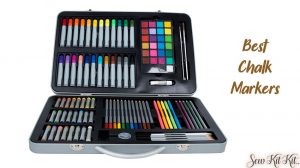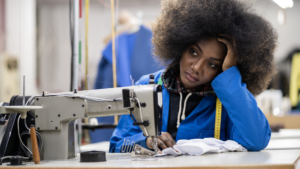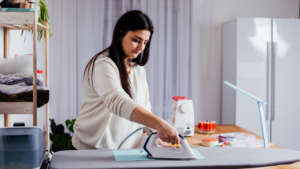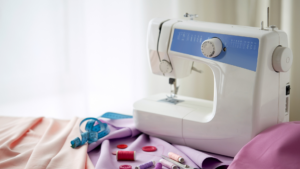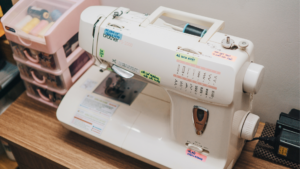Last Updated on June 6, 2021
It’s a question that many sewing machine owners ask: Can sewing machines overlock? This article will discuss how to use an overlocker in your home sewing projects as well as some tips for using this tool properly.
Can Sewing Machines Overlock?
Yes, regular sewing machines can overlock. However, not all sewing machine models have this capability and it is an added feature that you need to purchase separately for your model if desired.
Overlocking fabric edges adds reinforcement so they don’t fray as quickly or come apart after repeated washing in the laundry hamper.
Advanced sewers might want to use a serger (a specialized type of overlocker) because of its wider variety of features like decorative stitches on the edge and different widths available with one tool, but basic sewing projects are often completed just fine with a regular sewing machine’s overlock utility stitch.
Some people find using their home sewing machine easier than taking out their serger when only needing to do a straight-edge overlock.
How to Overlock on a Regular Sewing Machine
What is Overlocking?
Overlocking is a sewing technique that adds reinforcement to fabric edges so they don’t fray as quickly or come apart after repeated washing in the laundry hamper.
The overlock stitch can be created with both sergers and sewing machines, but using one creates only straight-edge overlocks whereas a serger can also do decorative stitching on the edge of the fabric which some people may find useful for certain projects.
Home sewers might want to use their home sewing machine instead of taking out their serger when all they need is a basic straight-edge overlock because it’s easier and quicker. Some advanced sewers prefer not using an overlocker at all due to its limitations such as how narrow your project must be before you’re able to overlock it.
Why Use an Overlocking Stich?
There are many reasons to use an overlock stitch in your home sewing projects! Some other advantages include:
-Neatly finishing seams that have been serged without using another piece of expensive equipment
-Maintaining control on both sides as you sew through thick layers because there is no need for turning the fabric back and forth every few stitches like when double needle sewing with two needles attached to one presser foot
-Covering seams that show from inside garments where only topstitching will not work
-Adding decoration to your projects by embroidering or adding appliques over the seams
Benefits of Overlocking:
– Prevents unraveling and fraying -Creates a neat, professional finish on fabrics -Provides sewing flexibility when needed
– Allows for more creative design possibilities in garment construction.
– More durable than serging alone because it covers both sides with stitches that cover two layers of fabric at once instead of just one layer like when using single needle stitching without an overlock stitch.
What is an overlocking foot?
– A sewing machine overlocking foot, also known as an overlocker or serger attachment, will join two pieces of fabric together with a row of stitches.
The needle then passes through the loop created by the first stitch to form what is called an “overlocked seam.”
This process can be done on both sides of your project so that you have four rows of stitching overlapping. This overlap securely locks the layers together and provides extra protection against fraying from raw edges during washing and wearing.
Conclusion
So in answer to our question – yes! Sewing machines do overlock seams (but not all sewing machines). It’s important for sewers who want professional results while using their sewing machine that they invest in this type of sewing machine.

